From the glacial lakes of the Andes to the dense rainforest of the Amazon, Peru hosts some of the most enthralling eco-tourism adventures on Earth. But it’s not all about outdoor escapades, because throughout these wild lands reside a colorful array of captivating indigenous communities, each one as intriguing as the next.
Planning a visit? Here’s everything you need to know about travel adapters to keep your devices fully charged during your journey through Peru.




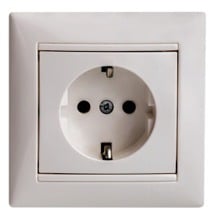
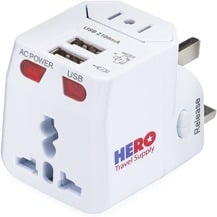







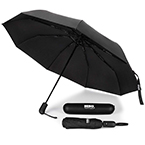





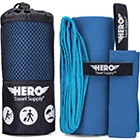
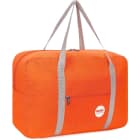

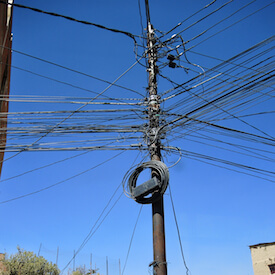
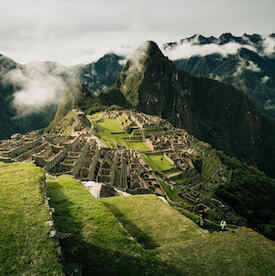 In most cases, the best time to visit Peru is during the winter (June to August) when there is less rain. This time of year enables adventurous travelers to make the most of the country’s incredible natural splendor, although it does get pretty chilly in the highlands.
In most cases, the best time to visit Peru is during the winter (June to August) when there is less rain. This time of year enables adventurous travelers to make the most of the country’s incredible natural splendor, although it does get pretty chilly in the highlands. A mega-metropolis of some 9 million people and counting, Lima’s expansive urban sprawl encapsulates every aspect of Peru.
A mega-metropolis of some 9 million people and counting, Lima’s expansive urban sprawl encapsulates every aspect of Peru. The ideal mode of transport in Peru depends on your budget and time constraints.
The ideal mode of transport in Peru depends on your budget and time constraints.